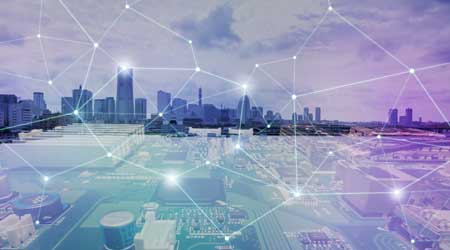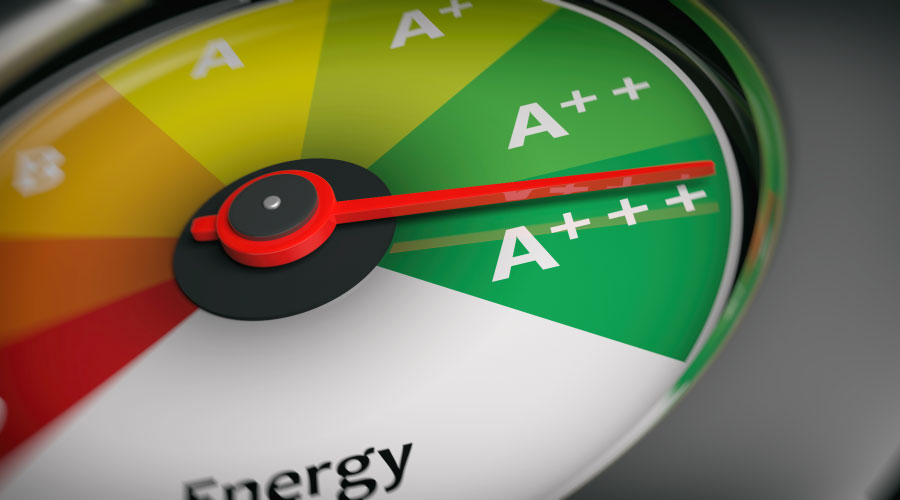Smart Grid Goes Mainstream
New codes, standards, and green building rating systems are increasingly rewarding smart grid strategies.
In the 2018 International Green Construction Code (ICC. 2018), there are several mandatory provisions related to on-site renewable energy systems, energy consumption management, and automated demand response. LEED now awards points for buildings designed with advanced energy metering, grid harmonization, renewable energy, and electrical vehicles. It is expected more smart grid technologies will be incorporated in building codes and standards in the future. Building owners and design engineers need to be aware of and consider these options in future building design.
The key to integrating existing facilities with the smart grid is for the building control and distributed generation systems to establish two-way communication and control capabilities with the smart grid. This process is called building-to-grid (B2G) integration. Because utilities may use different smart grid signal standards for their smart grid programs and facility’s building control and distributed generation systems use other communication protocols, such integration is not an easy, straightforward task.
For example, a commonly used smart grid signal standard is the Open Automated Demand Response Communications Specification (OpenADR). The standard uses Extensible Markup Language (XML) data format and transmitted over a variety of mediums and interfaces (often internet). Facility managers normally are not familiar with these terms and technologies, and a smart grid consultant may need to be brought in to understand these communication protocols and requirements for B2G integration. Facility managers also need to understand the pros and cons of different ways of such integration: a centralized approach, where buildings receives a smart grid automated demand response (ADR) signal and responds with a globally optimized algorithm to coordinate controls of the individual HVAC and lighting equipment, plug loads, and other distributed energy resources; a decentralized approach, where the two-way communications and control happen at the individual equipment level; or a hybrid approach.
Building control systems can implement different control strategies in response to the smart grid ADR requests, manually or automatically. For automated response, custom control programming may need to be done by a building controls contractor.
There is a lot to learn for facility managers to keep up with the changes in the world of the smart grid. Paying attention to applicable rules and regulations, building codes and standards, and contacting local utilities to explore smart grid programs is the first step. The second step is to estimate the existing building’s capability to shed and shift load or provide other grid services and then calculate utility bill cost savings and other revenue streams. For smart grid project implementation, B2G grid integration consultant and building control and distributed energy resource contractors are needed.
Joe Zhou (jzhou@slipstreaminc.org) is a principal engineer at Slipstream where he brings more than 25 years of R&D experience in building and lighting controls.
Related Topics:














